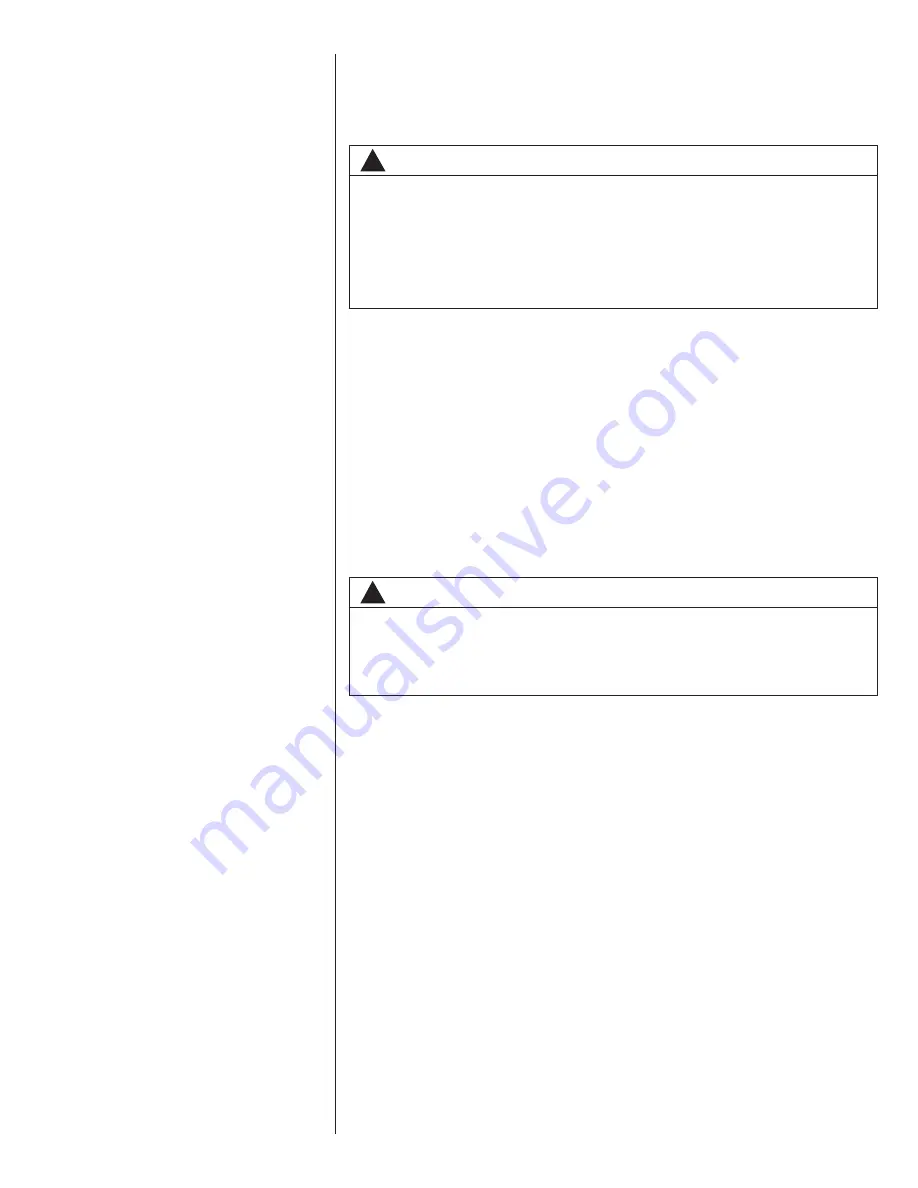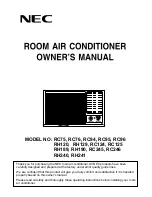
Step 3. Locate and note the design pressures. The correct liquid and vapor
pressures are found at the intersection of the Installed system and the
outdoor ambient temperature on the Charging Chart located on the inside
of the control box cover of the outdoor unit.
Liquid Pressure: = ______psig; Vapor Pressure = ______psig
Step 4. If the measured liquid pressure is below the listed requirement for the given
outdoor and indoor conditions, add charge. If the measured liquid pressure
is above the listed requirement for the given Outdoor and Indoor conditions
remove charge.
16.5 FINAL CHARGE BY SUB-COOLING
Step 1. After gross charging note the designed Sub-Cool value. The correct sub-
cooling value is found at the intersection of the Installed system and the
outdoor ambient temperature on the Charging Chart located on the inside
of the control box cover of the outdoor unit.
SC° from Charging Chart = _________°F.
IMPORTANT: Indoor conditions as measured at the indoor coil are required to be
between 70°F and 80°F dry bulb for fine tune unit charge adjustment. Unit charging
is recommended under the following outdoor conditions ONLY:
Cooling Mode ONLY: 55°F outdoor dry bulb and above
Step 2. Note the measured Liquid Pressure, Pliq = ______psig, as measured from
the liquid (small) service valve. Use the pressure temperature chart below
to note the corresponding saturation temperature for R410A at the
measured liquid pressure.
Liquid Saturation Temperature, SAT°F= _________°F.
Step 3. Note the liquid line temperature, Liq° = __________°F, as measured from
a temperature probe located within 6” outside of the unit on the copper
liquid line (small line). It is recommended to use a calibrated clamp on
temperature probe or an insulated surface thermocouple.
Step 4. Subtract the liquid line temperature (Step 3) from the saturation
temperature (Step 2) to calculate Sub-Cooling. SAT°F______ - Liq°______
= SC°_______
41
!
NOTICE
The refrigerant pressures provided are for gross charge check ONLY.
These pressure values are typical, but may vary due to application.
Evaporator (indoor coil in cooling mode) load will cause pressures to
deviate. Notice that all systems have unique pressure curves. The variation
in the slope and value is determined by the component selection for that
indoor/outdoor matched system. The variation from system to system
seen in the table is normal. The values listed are for the applicable indoor
coil match ONLY!
!
NOTICE
If the Indoor temperature is above or below the recommended range, run
the system to bring the temperature down or run the electric heat/furnace
to bring the temperature up. System sub-cooling values provided in the
Charge Chart for outdoor dry bulbs corresponding to conditions outside of
the above range, are provided as reference ONLY.
















































